Rohit Singh
Physical Layer Design for Ambient IoT
Jan 16, 2025Abstract:There is a growing demand for ultra low power and ultra low complexity devices for applications which require maintenance-free and battery-less operation. One way to serve such applications is through backscatter devices, which communicate using energy harvested from ambient sources such as radio waves transmitted by a reader. Traditional backscatter devices, such as RFID, are limited by range, interference, low connection density, and security issues. To address these problems, the Third Generation Partnership Project (3GPP) has started working on Ambient IoT (A-IoT). For the realization of A-IoT devices, various aspects ranging from physical layer design, to the protocol stack, to the device architecture should be standardized. In this paper, we provide an overview of the standardization efforts on the physical layer design for A-IoT devices. The various physical channels and signals are discussed, followed by link level simulations to compare the performance of various configurations of reader to device and device to reader channels.
A Quick Guide to Quantum Communication
Feb 24, 2024Abstract:This article provides a quick overview of quantum communication, bringing together several innovative aspects of quantum enabled transmission. We first take a neutral look at the role of quantum communication, presenting its importance for the forthcoming wireless. Then, we summarise the principles and basic mechanisms involved in quantum communication, including quantum entanglement, quantum superposition, and quantum teleportation. Further, we highlight its groundbreaking features, opportunities, challenges and future prospects.
Enhancements for 5G NR PRACH Reception: An AI/ML Approach
Jan 12, 2024Abstract:Random Access is an important step in enabling the initial attachment of a User Equipment (UE) to a Base Station (gNB). The UE identifies itself by embedding a Preamble Index (RAPID) in the phase rotation of a known base sequence, which it transmits on the Physical Random Access Channel (PRACH). The signal on the PRACH also enables the estimation of propagation delay, often known as Timing Advance (TA), which is induced by virtue of the UE's position. Traditional receivers estimate the RAPID and TA using correlation-based techniques. This paper presents an alternative receiver approach that uses AI/ML models, wherein two neural networks are proposed, one for the RAPID and one for the TA. Different from other works, these two models can run in parallel as opposed to sequentially. Experiments with both simulated data and over-the-air hardware captures highlight the improved performance of the proposed AI/ML-based techniques compared to conventional correlation methods.
Indexed Multiple Access with Reconfigurable Intelligent Surfaces: The Reflection Tuning Potential
Feb 15, 2023



Abstract:Indexed modulation (IM) is an evolving technique that has become popular due to its ability of parallel data communication over distinct combinations of transmission entities. In this article, we first provide a comprehensive survey of IM-enabled multiple access (MA) techniques, emphasizing the shortcomings of existing non-indexed MA schemes. Theoretical comparisons are presented to show how the notion of indexing eliminates the limitations of non-indexed solutions. We also discuss the benefits that the utilization of a reconfigurable intelligent surface (RIS) can offer when deployed as an indexing entity. In particular, we propose an RIS-indexed multiple access (RIMA) transmission scheme that utilizes dynamic phase tuning to embed multi-user information over a single carrier. The performance of the proposed RIMA is assessed in light of simulation results that confirm its performance gains. The article further includes a list of relevant open technical issues and research directions.
Granger causal inference on DAGs identifies genomic loci regulating transcription
Oct 18, 2022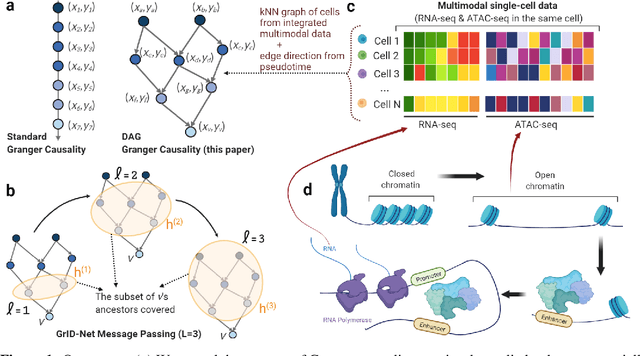



Abstract:When a dynamical system can be modeled as a sequence of observations, Granger causality is a powerful approach for detecting predictive interactions between its variables. However, traditional Granger causal inference has limited utility in domains where the dynamics need to be represented as directed acyclic graphs (DAGs) rather than as a linear sequence, such as with cell differentiation trajectories. Here, we present GrID-Net, a framework based on graph neural networks with lagged message passing for Granger causal inference on DAG-structured systems. Our motivating application is the analysis of single-cell multimodal data to identify genomic loci that mediate the regulation of specific genes. To our knowledge, GrID-Net is the first single-cell analysis tool that accounts for the temporal lag between a genomic locus becoming accessible and its downstream effect on a target gene's expression. We applied GrID-Net on multimodal single-cell assays that profile chromatin accessibility (ATAC-seq) and gene expression (RNA-seq) in the same cell and show that it dramatically outperforms existing methods for inferring regulatory locus-gene links, achieving up to 71% greater agreement with independent population genetics-based estimates. By extending Granger causality to DAG-structured dynamical systems, our work unlocks new domains for causal analyses and, more specifically, opens a path towards elucidating gene regulatory interactions relevant to cellular differentiation and complex human diseases at unprecedented scale and resolution.
Ultra-dense Low Data Rate Communication in the THz
Sep 22, 2020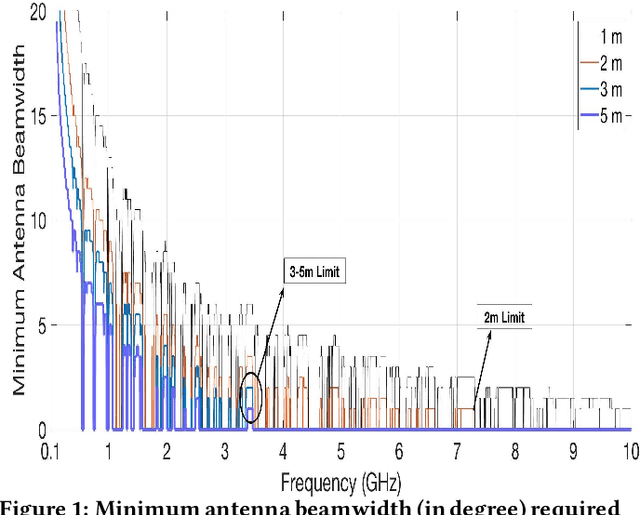
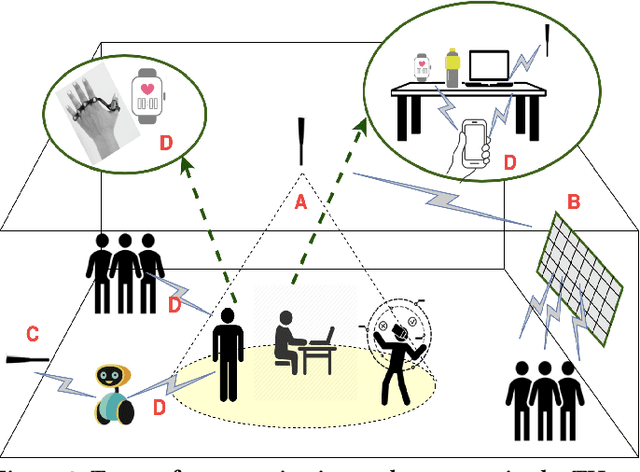
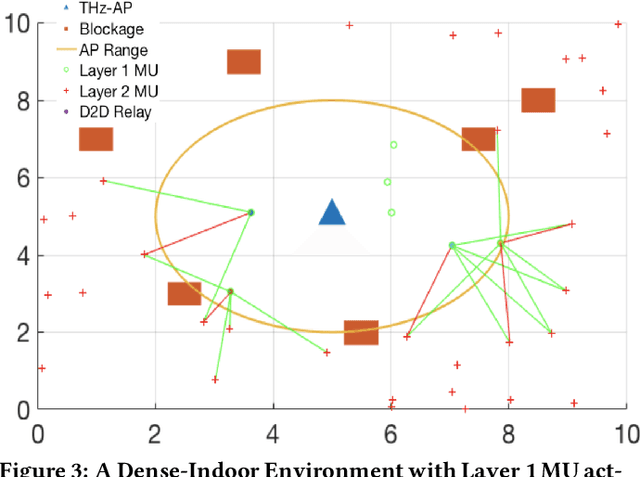
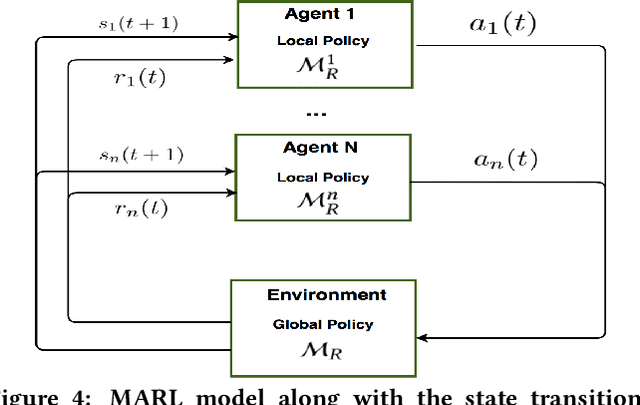
Abstract:In the future, with the advent of Internet of Things (IoT), wireless sensors, and multiple 5G killer applications, an indoor room might be filled with $1000$s of devices demanding low data rates. Such high-level densification and mobility of these devices will overwhelm the system and result in higher interference, frequent outages, and lower coverage. The THz band has a massive amount of greenfield spectrum to cater to this dense-indoor deployment. However, a limited coverage range of the THz will require networks to have more infrastructure and depend on non-line-of-sight (NLOS) type communication. This form of communication might not be profitable for network operators and can even result in inefficient resource utilization for devices demanding low data rates. Using distributed device-to-device (D2D) communication in the THz, we can cater to these Ultra-dense Low Data Rate (UDLD) type applications. D2D in THz can be challenging, but with opportunistic allocation and smart learning algorithms, these challenges can be mitigated. We propose a 2-Layered distributed D2D model, where devices use coordinated multi-agent reinforcement learning (MARL) to maximize efficiency and user coverage for dense-indoor deployment. We show that densification and mobility in a network can be used to further the limited coverage range of THz devices, without the need for extra infrastructure or resources.
MOTH- Mobility-induced Outages in THz: A Beyond 5G application
Nov 19, 2019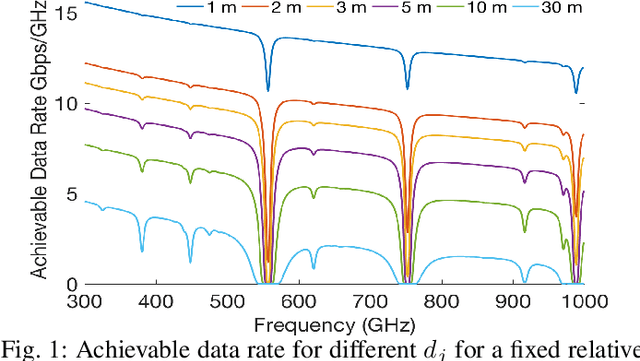
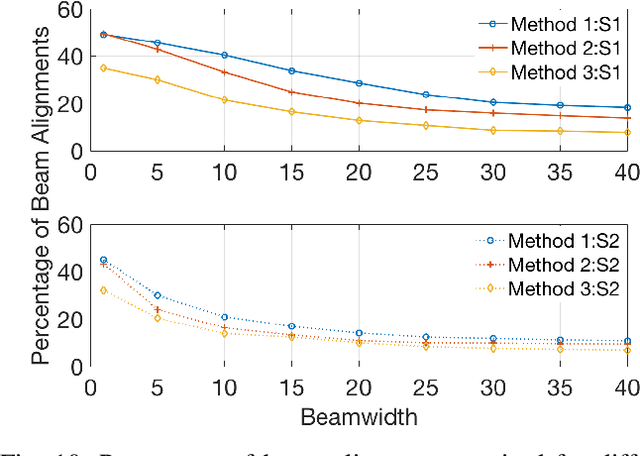

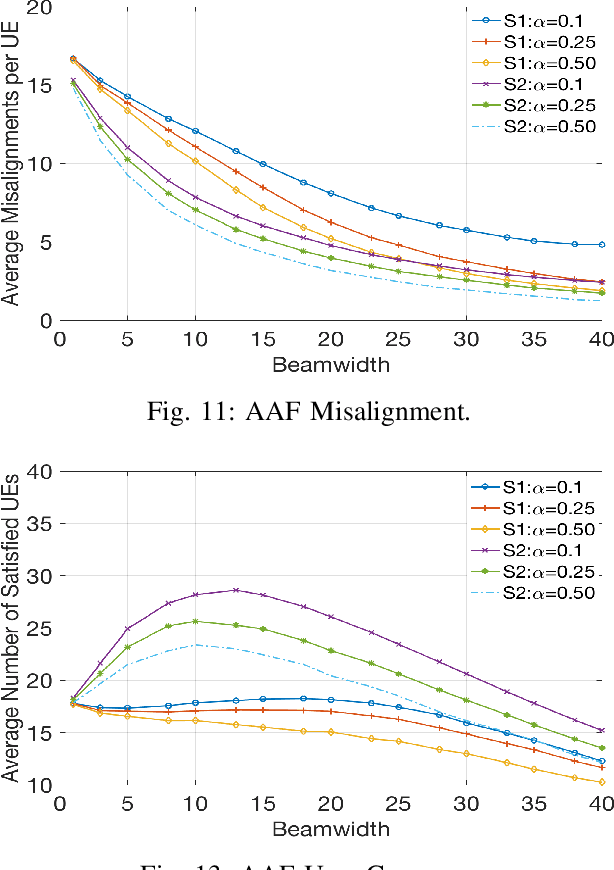
Abstract:5G will enable the growing demand for Internet of Things (IoT), high-resolution video streaming, and low latency wireless services. Demand for such services is expected to growth rapid, which will require a search for Beyond 5G technological advancements in wireless communications. Part of these advancements is the need for additional spectrum, namely moving toward the terahertz (THz) range. To compensate for the high path loss in THz, narrow beamwidths are used to improve antenna gains. However, with narrow beamwidths, even minor fluctuations in device location (such as through body movement) can cause frequent link failures due to beam misalignment. In this paper, we provide a solution to these small-scale indoor movement that result in mobility-induced outages. Like a moth randomly flutters about, Mobility-induced Outages in THz (MOTH) can be ephemeral in nature and hard to avoid. To deal with MOTH we propose two methods to predict these outage scenarios: (i) Align-After-Failure (AAF), which predicts based on fixed time margins, and (ii) Align-Before-Failure (ABF), which learns the time margins through user mobility patterns. In this paper, two different online classifiers were used to train the ABF model to predicate if a mobility-induced outage is going to occur; thereby, significantly reducing the time spent in outage scenarios. Simulation results demonstrate a relationship between optimal beamwidth and human mobility patterns. Additionally, to cater to a future with dense deployment of Wireless Personal Area Network (WPAN), it is necessary that we have efficient deployment of resources (e.g., THz-APs). One solution is to maximize the user coverage for a single AP, which might be dependent on multiple parameters. We identify these parameters and observe their tradeoffs for improving user coverage through a single THz-AP.
Stay Ahead of Poachers: Illegal Wildlife Poaching Prediction and Patrol Planning Under Uncertainty with Field Test Evaluations
Mar 08, 2019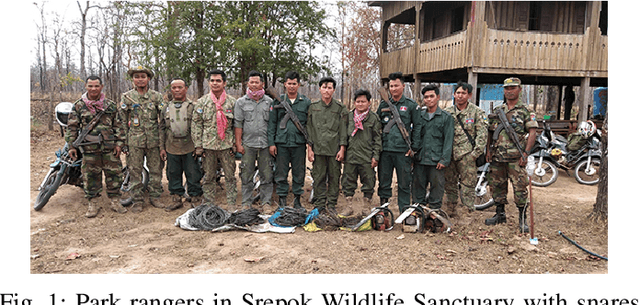
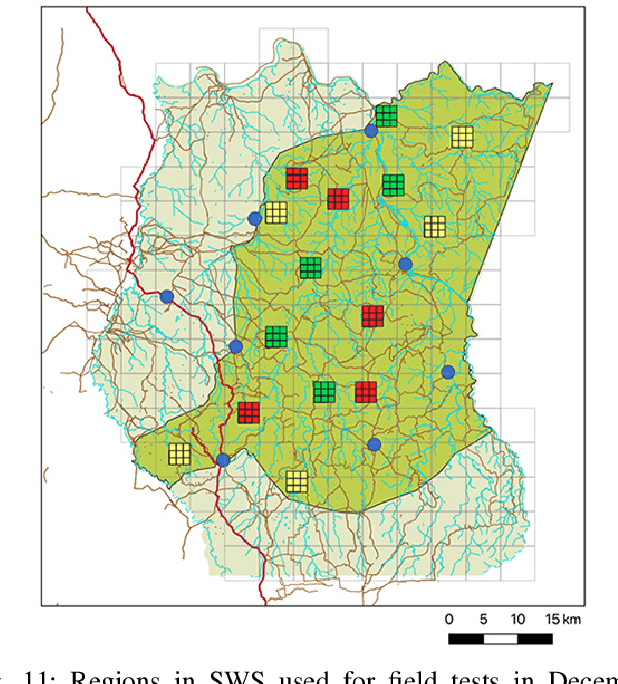
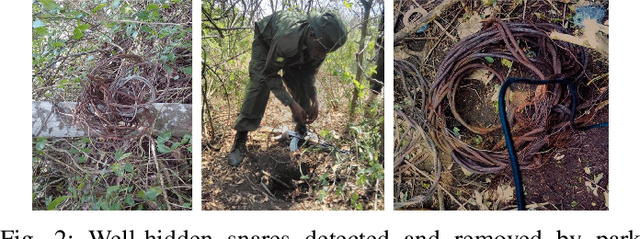

Abstract:Illegal wildlife poaching threatens ecosystems and drives endangered species toward extinction. However, efforts for wildlife monitoring and protection in conservation areas are constrained by the limited resources of law enforcement agencies. To aid in wildlife protection, PAWS is an ML pipeline that has been developed as an end-to-end, data-driven approach to combat illegal poaching. PAWS assists park managers by identifying areas at high risk of poaching throughout protected areas based on real-world data and generating optimal patrol routes for deployment in the field. In this paper, we address significant challenges including extreme class imbalance (up to 1:200), bias, and uncertainty in wildlife poaching data to enhance PAWS and apply its methodology to several national parks with diverse characteristics. (i) We use Gaussian processes to quantify predictive uncertainty, which we exploit to increase the robustness of our prescribed patrols. We evaluate our approach on real-world historic poaching data from Murchison Falls and Queen Elizabeth National Parks in Uganda and, for the first time, Srepok Wildlife Sanctuary in Cambodia. (ii) We present the results of large-scale field tests conducted in Murchison Falls and Srepok Wildlife Sanctuary which confirm that the predictive power of PAWS extends promisingly to multiple parks. This paper is part of an effort to expand PAWS to 600 parks around the world through integration with SMART conservation software.
Applying SVGD to Bayesian Neural Networks for Cyclical Time-Series Prediction and Inference
Jan 17, 2019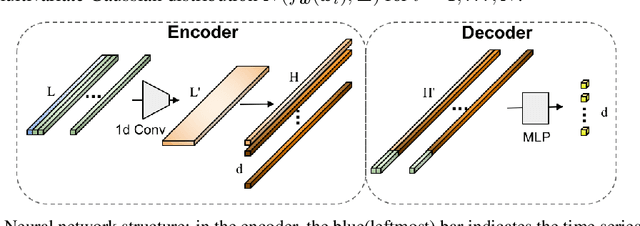
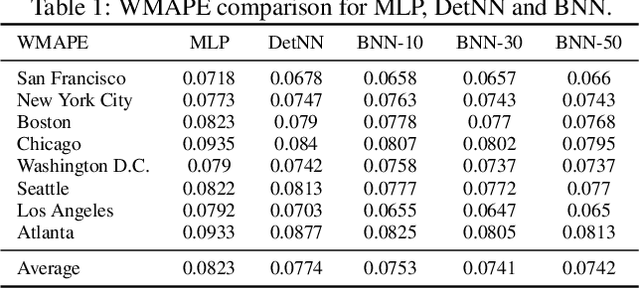

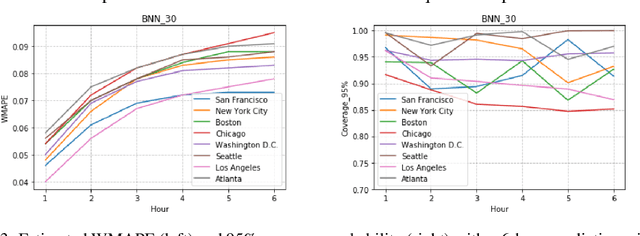
Abstract:A regression-based BNN model is proposed to predict spatiotemporal quantities like hourly rider demand with calibrated uncertainties. The main contributions of this paper are (i) A feed-forward deterministic neural network (DetNN) architecture that predicts cyclical time series data with sensitivity to anomalous forecasting events; (ii) A Bayesian framework applying SVGD to train large neural networks for such tasks, capable of producing time series predictions as well as measures of uncertainty surrounding the predictions. Experiments show that the proposed BNN reduces average estimation error by 10% across 8 U.S. cities compared to a fine-tuned multilayer perceptron (MLP), and 4% better than the same network architecture trained without SVGD.
Deep Reinforcement Learning for Green Security Games with Real-Time Information
Nov 06, 2018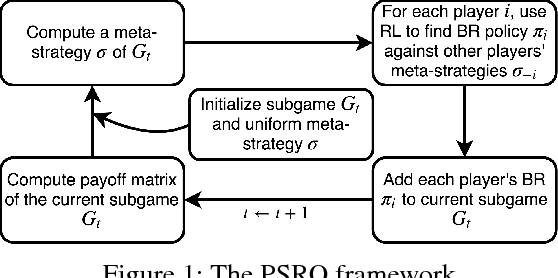
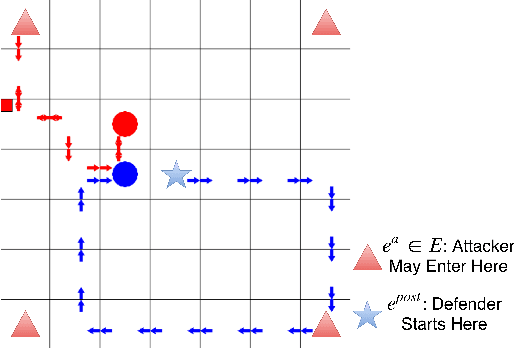


Abstract:Green Security Games (GSGs) have been proposed and applied to optimize patrols conducted by law enforcement agencies in green security domains such as combating poaching, illegal logging and overfishing. However, real-time information such as footprints and agents' subsequent actions upon receiving the information, e.g., rangers following the footprints to chase the poacher, have been neglected in previous work. To fill the gap, we first propose a new game model GSG-I which augments GSGs with sequential movement and the vital element of real-time information. Second, we design a novel deep reinforcement learning-based algorithm, DeDOL, to compute a patrolling strategy that adapts to the real-time information against a best-responding attacker. DeDOL is built upon the double oracle framework and the policy-space response oracle, solving a restricted game and iteratively adding best response strategies to it through training deep Q-networks. Exploring the game structure, DeDOL uses domain-specific heuristic strategies as initial strategies and constructs several local modes for efficient and parallelized training. To our knowledge, this is the first attempt to use Deep Q-Learning for security games.
 Add to Chrome
Add to Chrome Add to Firefox
Add to Firefox Add to Edge
Add to Edge